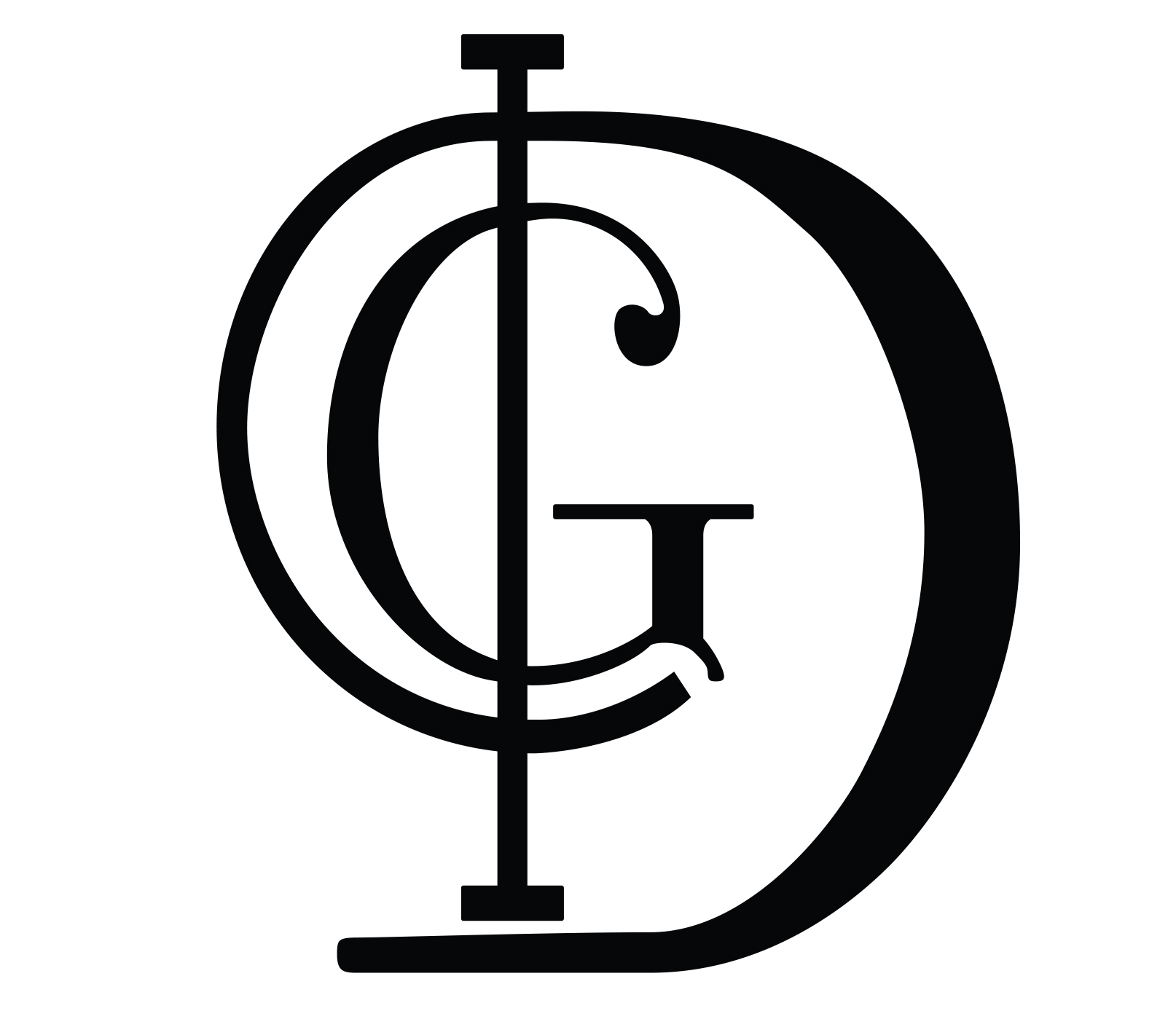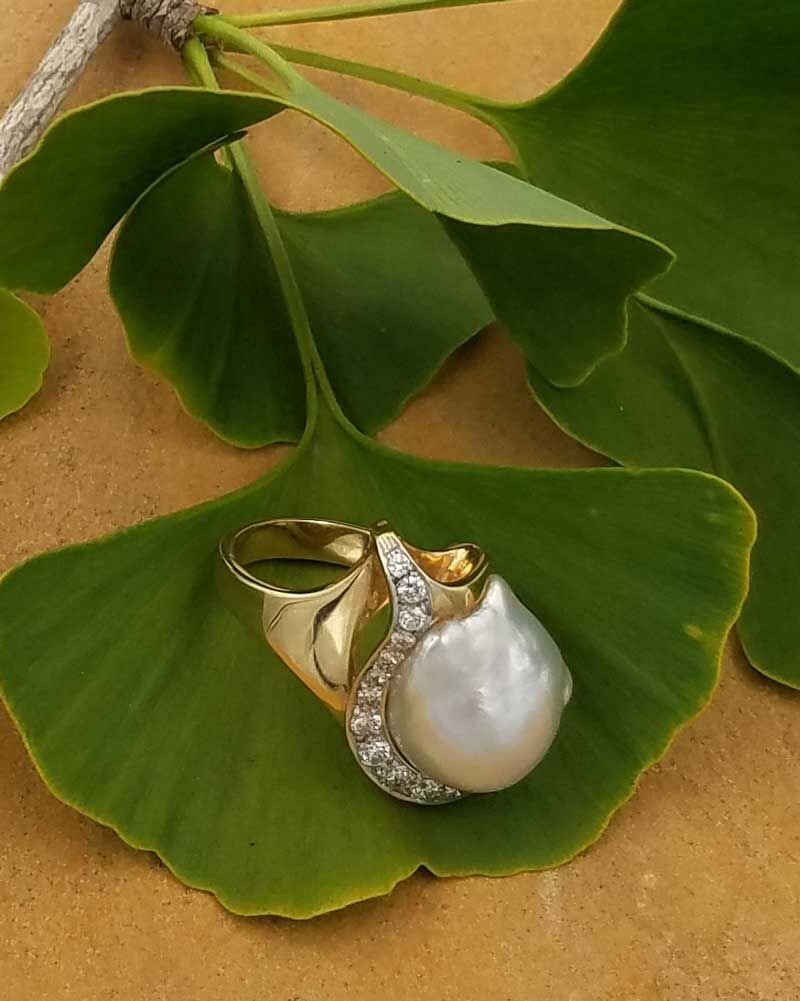If It's Not Baroque...
Say the word Baroque, and most people imagine elaborate architecture covered with intricate painting and ornamentation. But did you know the word baroque can also apply to pearls?
In all there are seven basic pearl shapes: round, near-round, oval, button, drop, semi-baroque, baroque, and circle. A perfectly spherical round pearl is what most people think of when they think pearl. But there is just so much to love about pearls that we wouldn’t want to narrow our interest to one limited shape.
Did you know that pearls are humankind’s oldest gemstone? Yes, we refer to them as a gemstone, even though they are not a piece of rock mined out of the ground or fished from a streambed. They belong to a category of gemstones that are known as organics (which also includes coral, jet, and amber). Some people prefer gem material as a term for pearls. But now matter what you call them, they are one of nature’s miracles.
The baroque shape refers to any pearl that is non-symmetrical. The shape can range from irregular to extremely irregular (yes, those are technical terms used by appraisers to define a pearl!). Most baroque pearls are purely abstract, though – like clouds! – they sometimes take on shapes that are reminiscent of other forms. For instance, stick and cross-shapes are fairly common in baroque pearls.
A semi-baroque pearl is just less . . . irregular. Imagine a round, drop, or oval pearl that’s not quite symmetrical, and you have a semi-baroque pearl. Circle pearls are frequently misunderstood. The word circle isn’t to suggest the pearl is round. A circle pearl is a semi-baroque pearl with rings around it – picture Saturn or Jupiter and you’ll realize you’ve probably seen a pearl like this before.
The pearl in this ring is most definitely full-on baroque! It’s challenging to create a setting for this type of pearl. First, you need to make the metal take on the flowing shape of the pearl, to complement what nature created. That’s easier said than done! For this ring, Jim created a flowing form in 14 karat yellow gold. Second, you must be sure the metal setting holds the pearl securely in place. This is much easier to do with a symmetrical stone. For this reason, many jewelers prefer to work only with the more traditional round and oval pearl shapes.
If you have spent any time with Designs in Gold at all, you know that we are completely infatuated with the shapes and forms of nature. The challenge of finding or creating jewelry that mirrors natural forms is not only exciting to us, it seems more fitting. Nature goes to tremendous lengths to create intricate works of beauty. And when she does, as with this stunning pearl, we take great joy in showing off her work.

